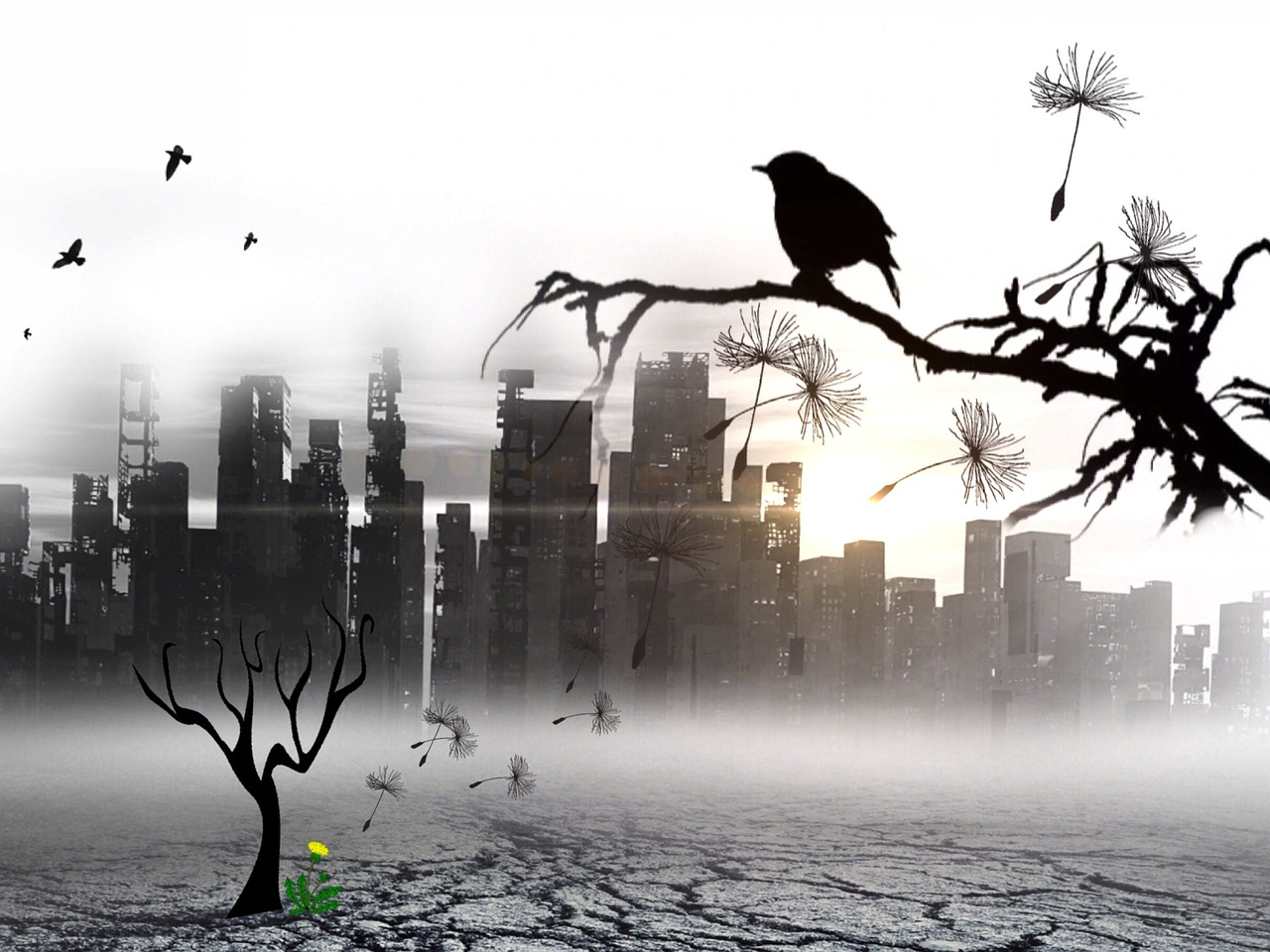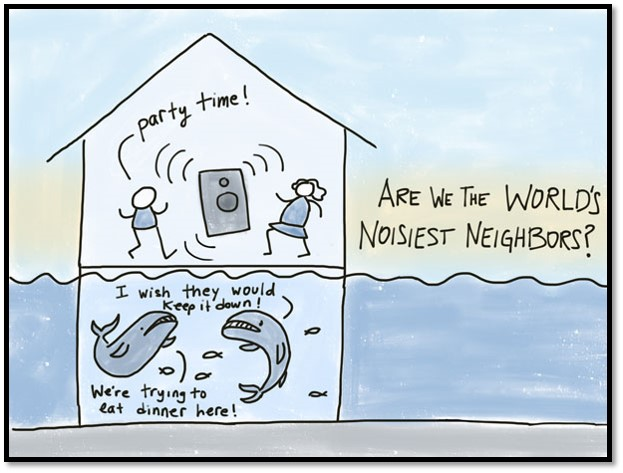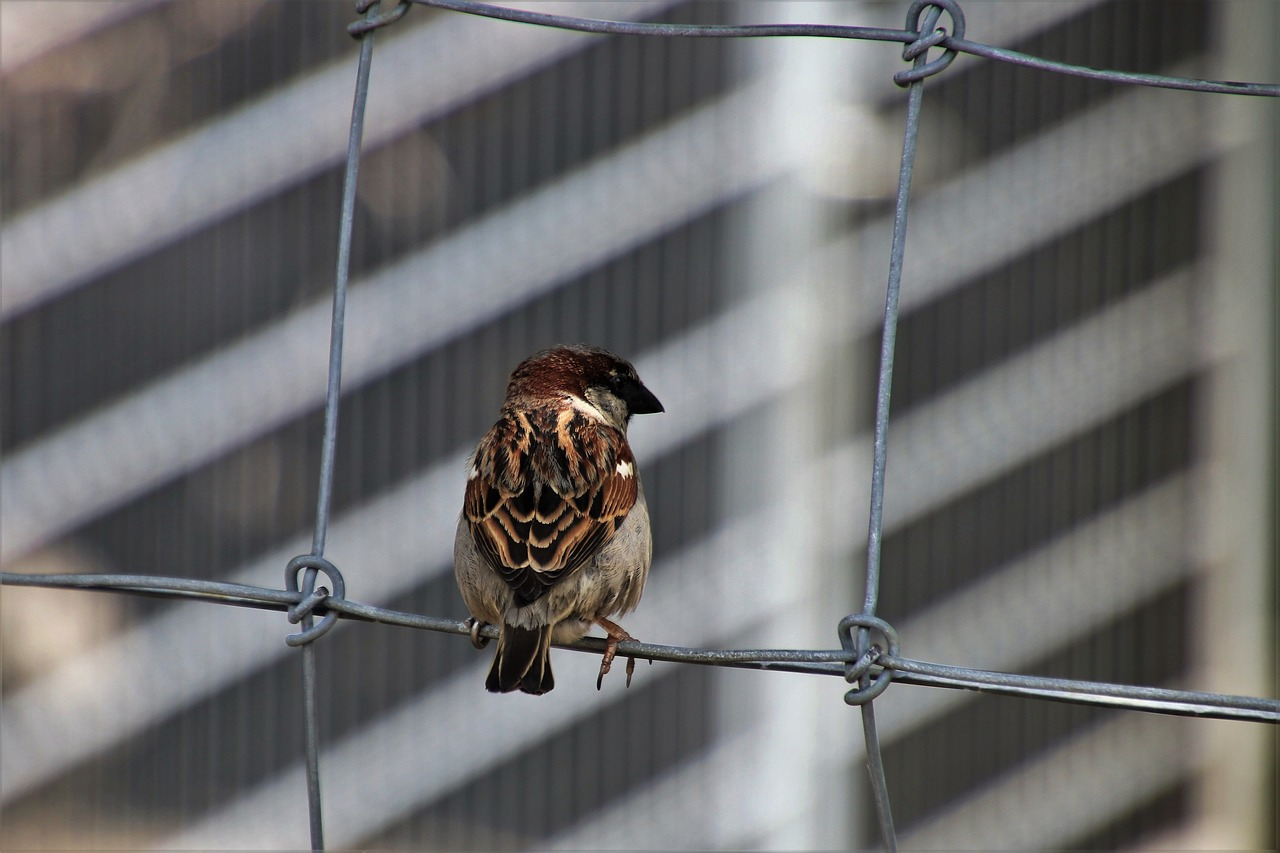The Dirt | Meeting

According to a 2013 research study, Urbanization–defined as the population shift from rural to urban areas–is projected to increase by more than 3 billion people between the years of 2010 and 2050. With the number of people moving into both urban and suburban areas continuing to increase, we may forget to think about some of those harmful habits that we bring with us. More importantly, we may not stop to think about how these harmful habits are impacting wildlife inhabitants who also call these areas home.
Through my own research as a graduate student at North Carolina State University (NCSU), I have been learning more and more about urbanization effects on wildlife. Using a 20-year data set from the citizen science project Neighborhood Nestwatch, I analyzed the response of seven different avian species (American Robin, Gray Catbird, Carolina Chickadee, House Wren, Carolina Wren, Song Sparrow, and Northern Cardinal) to urban noise and light pollution along an urban-to-rural gradient in Washington D.C., USA. The ultimate findings of my study will continue to add new information towards the field of urban ecology and urbanization.
This post will describe the impacts of anthropogenic (or human-produced) noise and light pollution in avian communities. I will introduce readers to Anthropogenic Noise and Artificial Light at Night, review findings from some research studies on the effects of urban noise and light pollution on avian success, and lastly, discuss how different environmentally safe practices are being implemented and how you can become an advocate. It is important to understand the impacts of urbanization on wildlife; once there is a foundation of understanding, changes from individuals can be implemented in order for us to help wildlife and continue to live with them in harmony.

Introducing “Anthropogenic” and “Artificial Light at Night”
First I will introduce you to some terms that will be used throughout this article. The term Anthropogenic, in relation to environmental pollutants, describes something that is originating or relating to human activity; something that is human-produced or human-caused. The term Artificial Light at Night, or ALAN, is light that is not natural and is artificially produced. Examples of this include streetlamps, illuminated buildings, and lights from vehicles. Both of these terms are often used in the field of urban ecology as well as any field that talks about different human-wildlife interactions.
The Impacts of Urban Noise and Light Pollution on Avian Communities
Both Anthropogenic Noise and Artificial Light at Night bring about some serious impacts to wildlife. Birds serve as a very impactful and common model when it comes to researchers trying to understand both these anthropogenic effects. Through many studies on the impacts of urban noise and light pollution on birds; scientists have found these impacts to interfere with circadian rhythms, communication, reproduction, and migration; just to name a few.
Circadian Rhythms
A “Circadian Rhythm” is a natural internal process that regulates sleep-wake cycles that repeats every 24 hours as the earth rotates. Just like our circadian rhythms can be affected if interrupted, so can the circadian rhythms of birds. There are pacemakers located in the pineal gland which are synced to environmental light by photoreceptors, the pineal gland, and the brain. The circadian rhythm in birds controls not only their sleep-wake cycle, but also behavioral, migration, and reproductive patterns. If these processes are disrupted by either noise or light pollution, it can lead birds to develop many behavioral and physiological changes.
Communication
Studies have shown that noise pollution can severely impact on bird communication. A 2013 study on noise pollution using Common Blackbirds observed that Common Blackbirds (Turdus merula) in cities vocalized with a higher frequency and amplitude than blackbirds in forested areas. By singing at these higher frequencies, birds are singing over, or “masking,” low frequency traffic noise and other noises present in a city in order to successfully communicate with each other.
Species who rely on hearing their prey, such as owls, can also be impacted by noise pollution. A 2016 study which examines the impact of traffic noise on owl foraging efficiency found that efficiency declined with increasing traffic noise levels due to acoustic masking and/or distraction and aversion to traffic noise.

Growth and Development
Light pollution can have a strong impact on avian reproduction. A study in 2015 researching the influence of urbanization on body size, condition, and physiology found that House Sparrows (Passer domesticus) in more urbanized habitats had reduced body size and body mass compared to sparrows in rural areas. There was also a significant difference in juvenile fat scores, which suggests that food types provided to young sparrows by their parents differed highly between an urban versus a rural habitat.
Migration
Birds rely on the stars in the night sky in order to migrate and orient themselves. As a result of skyglow–a masking of the sky caused by light pollution–birds may have a harder time migrating. A 2017 study at the National September 11 Memorial and Museum’s “Tribute in Light” in New York City found that when lights were illuminated, birds aggregated, decreased their flight speed, circled, and increased their vocalizations. This revealed a high probability of disorientation; when the lights went out, all of these behaviors disappeared.
Surprisingly though, light pollution can also be beneficial for some species. For example, nocturnal species like owls, frogmouths, and nighthawks who hunt at night benefit from bright lights which aid them in finding prey. A recent 2020 study which looked at the impact of noise and light pollution on songbird reproduction found that birds with better vision in low light benefited from light pollution and as a result, showed an increase in hatching success.
Where do we go from here?
With each new research finding, conservation efforts are informed. There is more work that needs to be done, not just for birds, but for other wildlife as well. In response to urban noise and light pollution, actions to reduce noise and light pollution are being taken to help wildlife species prosper. Noise-reducing barriers have been installed in areas with heavy traffic. In some states, environmental assessments are now mandatory before new home construction. Green spaces also make a huge difference: urban parks, fields, and recreational areas can also bring about positive changes for urban wildlife.

You can also become an advocate for reducing light pollution by participating in environmentally safe practices and encouraging others to do the same. For example, install motion sensors on lights and repair outdoor fixtures to minimize glare; fixtures should be shielded and the light should face down instead of up. Upward-facing lighting contributes to skyglow, described as a hazy overcovering in the night sky which impacts wildlife who use the stars to orient themselves. You can also join and contribute to community science projects that study light pollution. Projects such as Globe at Night and Dark Sky Meter encourage participants to measure and record skyglow in their areas. Data are publicly available on light pollution maps, which help scientists understand the effects of light pollution and bring awareness to the public.
Ultimately, people are shifting the environment through urbanization. As this trend shows no signs of stopping, it is important for scientists, researchers, and other individuals to understand its effects on natural ecosystems. By understanding why certain species respond the way they do, we can educate ourselves and implement policy changes to benefit all urban wildlife.
Additional Resources
View my Georgia Audubon Talk: “Analyzing the Effects of Urban Noise and Light Pollution on Avian Communities.”
Read my article for the American Birding Association (ABA): “The Effects of Urban Noise and Light Pollution on Avian Populations” (VOL.52, NO. 5) (Membership Required).


